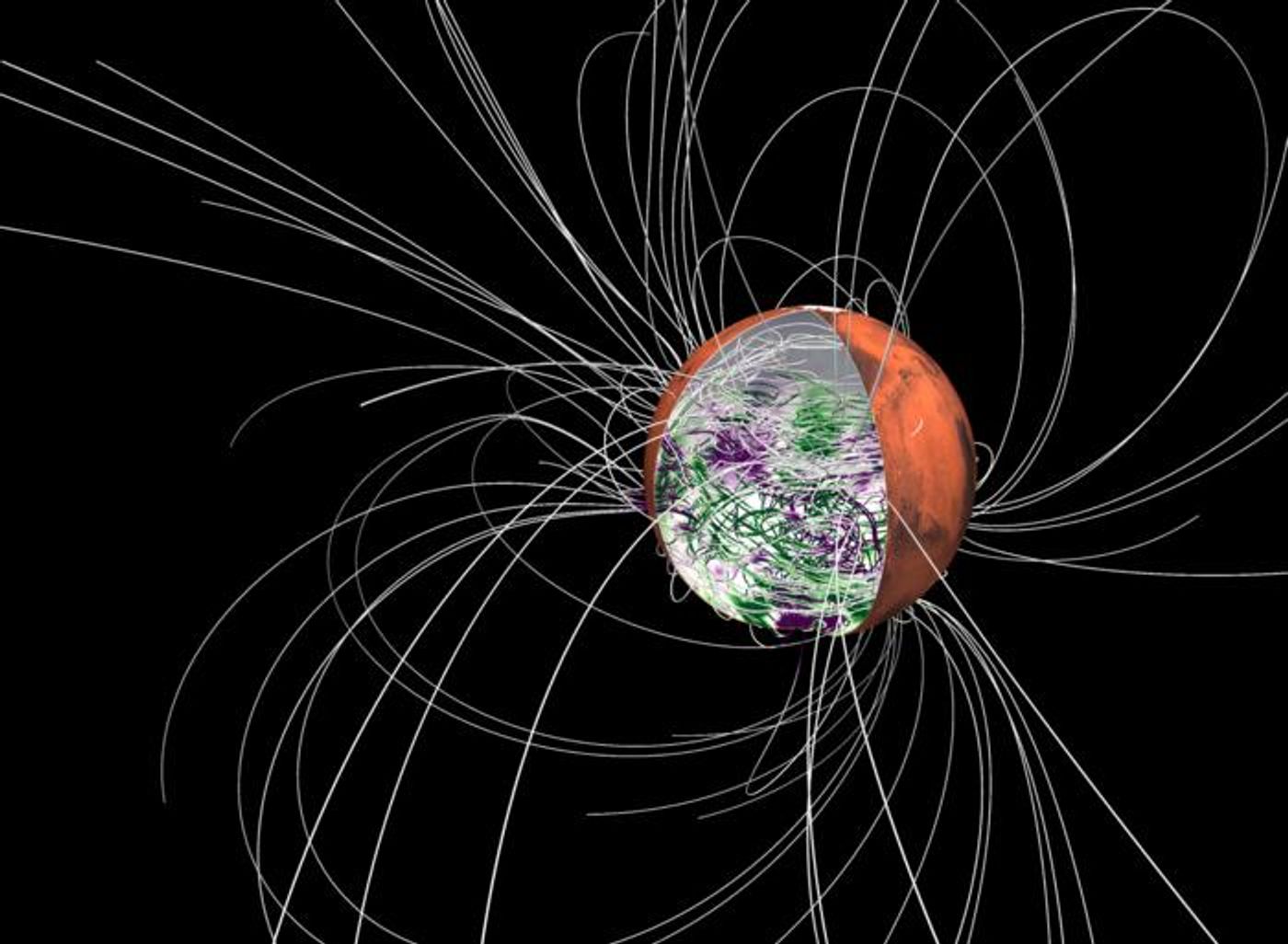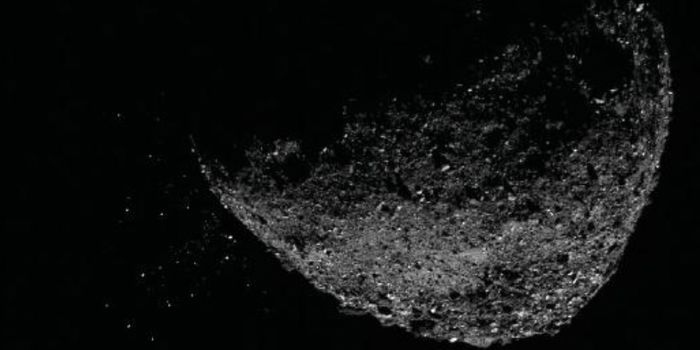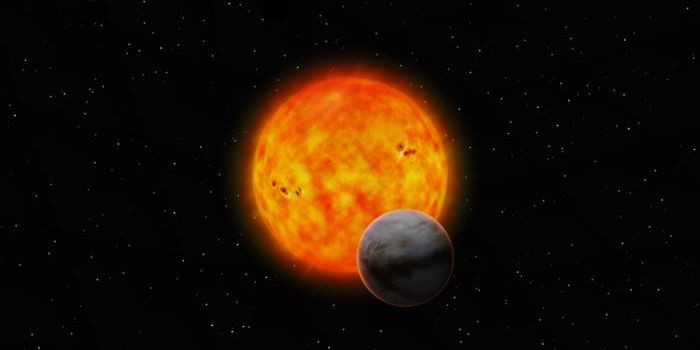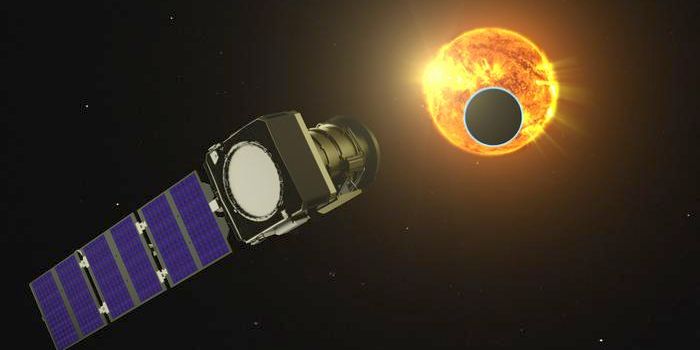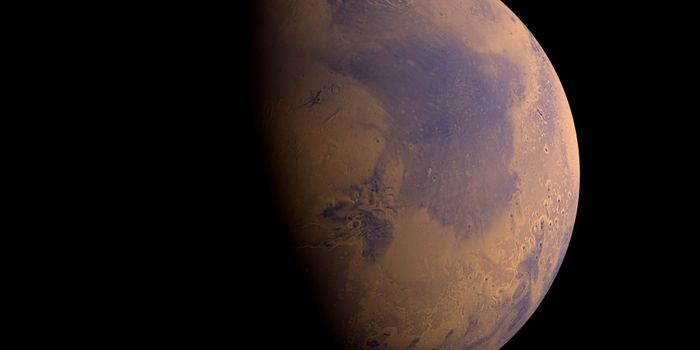Liquid Core Theory Rewrites Mars' Magnetic History
Did Mars once have a full magnetic field in its ancient past like Earth does today, or was it lopsided and only covered one-half of the planet? This is what a recent study published in Geophysical Research Letters hopes to address as an international team of researchers investigated past studies regarding the one-sided magnetic field that scientists have determined existed on the Red Planet based on residual evidence collected over the years. This study has the potential to help scientists better understand Mars’ ancient past and whether it could have hosted life as we know it.
“The logic here is that with no solid inner core, it’s much easier to produce hemispheric (one-sided) magnetic fields,” said Dr. Chi Yan, who is a research associate at the University of Texas Institute for Geophysics and lead author of the study. “That could have implications for Mars’ ancient dynamo and possibly how long it was able to sustain an atmosphere.”
For the study, the researchers used computer models based on data obtained from NASA’s now-retired Mars InSight lander to simulate conditions within the interior of Mars depicting the absence of an inner core. For context, Earth has a solid inner core surrounded by a liquid outer core, with the latter producing our magnetic field that shields us from harmful solar and cosmic radiation. The researchers hypothesized that a lack of an inner core potentially resulted in interior heating of only one side of the Red Planet, which could explain the evidence for a one-sided magnetic field.
The researchers ran dozens of simulations that involved increasing the mantle’s heat in the northern hemisphere while maintaining the same mantle heat in the southern hemisphere. For context, the mantle resides between the crust and the core and is what drives plate tectonics on Earth. However, plate tectonics do not exist on Mars, indicating an inactive mantle. In the end, the team concluded that the magnetic field was one-sided, as indicated by InSight’s data, due to the core’s escaping heat only being focused on the southern hemisphere.
Image from the computer simulations depicting a one-sided magnetic field on Mars concentrated in the southern hemisphere (north is up). (Credit: Ankit Barik/Johns Hopkins University)
“We had no idea if it was going to explain the magnetic field, so it's exciting to see that we can create a (single) hemispheric magnetic field with an interior structure that matches what InSight told us Mars' interior is like today,” said Dr. Sabine Stanley, who is a Bloomberg Distinguished Professor at Johns Hopkins University and a co-author on the study.
What new discoveries about Mars’ ancient magnetic field will researchers make in the coming years and decades? Only time will tell, and this is why we science!
As always, keep doing science & keep looking up!
Sources: Geophysical Research Letters, EurekAlert!, The University of Texas at Austin
